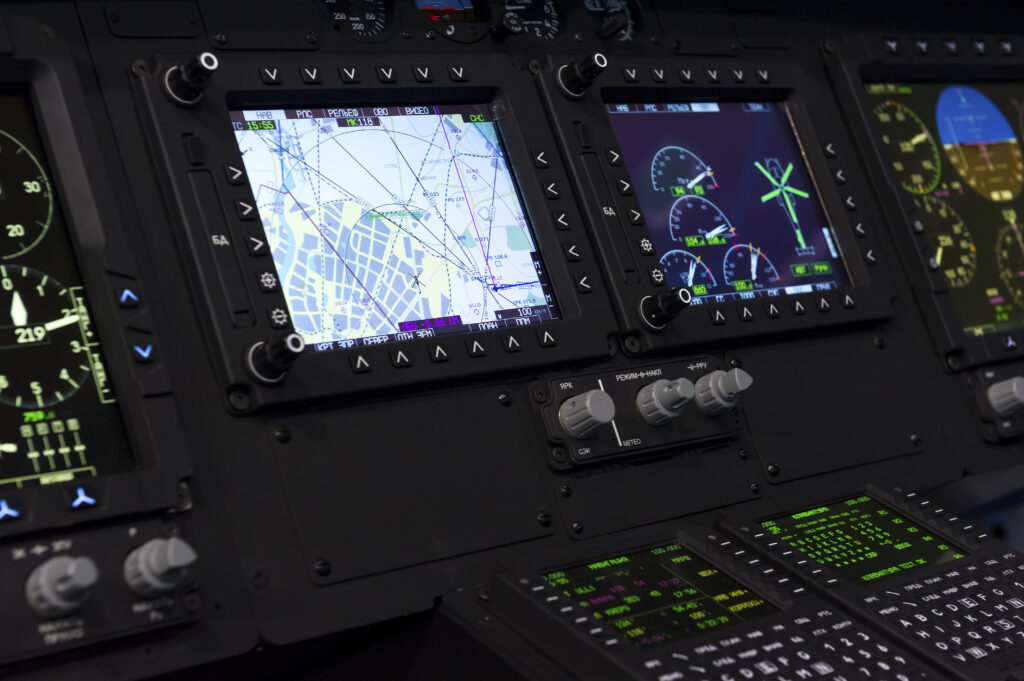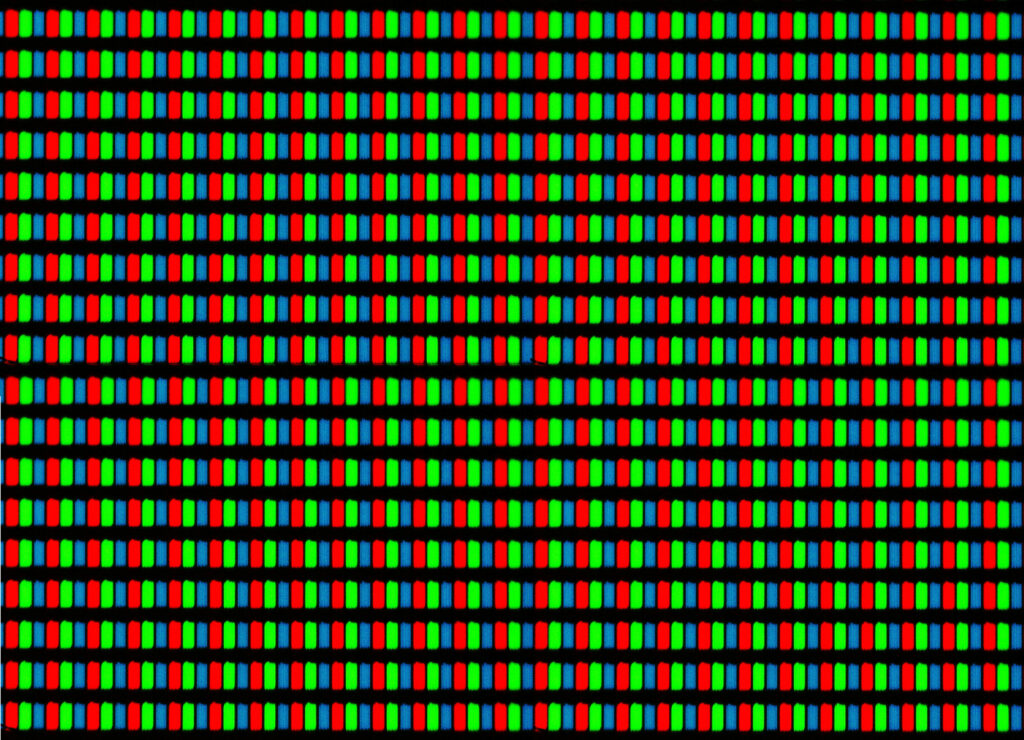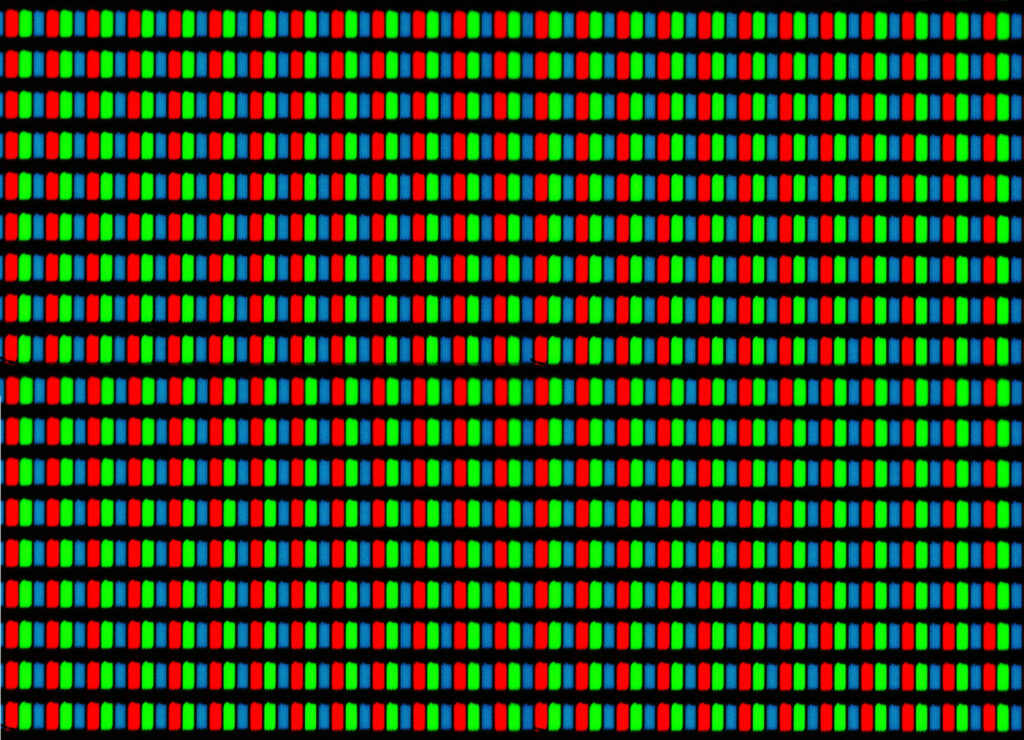Display technologies play an essential role in communicating data for modern military, aerospace, and defense teams, where accuracy and reliability are paramount. Some of these technologies’ many critical purposes include night-vision, navigation, and secure data transmission. Advancements in LCDs have revolutionized aerospace and defense technology, contributing to heightened effectiveness and efficiency on the battlefield. This article will provide an overview of the evolution of display technology in this sector and the impact it has had.

Historical Evolution of Display Technology
In the early 20th century, Cathode Ray Tubes, or CRTs, came into prominence. Although revolutionary when they were first used, they had several limitations. Some limitations were their heavy weight, bulkiness, and high energy consumption. In addition, they had extensive circuitry and high-voltage components, which led to problems with functionality and safety. Until the 1990s, when LCDs were introduced, CRTS were widely used in aerospace and military applications.
In 1997, users of command, control, and communications systems began to order large-format LCDs. LCD technology introduced several advantages over CRTs in military and aerospace applications. Compared to CRTs, LCDs were thinner, lighter, and more energy-efficient. Furthermore, they had faster refresh rates, lower voltages, generated less heat, improved temperature control, and improved viewing angles.
The Manufacturing of LCDs: Paving the Way for Customization
In the 1990s, the first LCD factories made sheets the size of a notebook computer screen. As the demand for LCDs increased, the need for larger-scale production facilities increased. As a result of this expansion, LCD fabrication grew to a global scale, particularly in Asia.
The creation of LCDs is a complex, multi-step process. Liquid crystal, ITO glass, and polarizers are the primary raw materials that create LCDs. The screens are assembled with two thin sheets of glass. One sheet of glass is made from transistor “cells”, formed from a layer of indium tin oxide, or (ITO). This is followed by a layer of silicon, which is then followed by a process that builds the transistor parts. This step is repeated to build up the cells, known as pixels.
On the other side of the glass is an array of millions of red, green, and blue dots in a black matrix called a color filter array (CFA). This is what creates the colors when light shines through them. Liquid crystal is then dropped into the cells of the sheets. After the two sheets are perfectly aligned, the polarizing film is applied.
A new technique has been developed for fabricating LCDs at a lower cost in 2022. In order to properly build LCDs, unidirectional planar alignment of the constituent liquid crystals (LC) over large areas is required. Using a new method called solution-processed deposition, 2D materials (such as graphene, hexagonal boron nitride (h-BN), and transition metal dichalcogenides), the LC alignment was able to cover a much larger area.

Custom TFTs for Aerospace and Defense
TFT LCDs can be customized according to the requirements of each application. As these are custom TFT cells designed to meet highly specific requirements of an existing space, the main considerations are size and interface. A wide range of customizable elements are available, including pixel patterns, resolutions, mask arrays, glass dimensions, polarizers, retarders, and TFT driving electronics.
If the LCD product required in an aerospace application becomes unavailable, customized designs can be adapted to match the requirements of the system. With the ability to order a custom TFT cell, manufacturers can make fewer changes during production, reducing costs.
In the context of aerospace and defense applications, the careful selection of components is paramount, considering the conservative volumes inherent in contrast to consumer electronics or automotive industries. A critical component in this landscape is the LCD display, where the limitations of commercial off-the-shelf (COTS) panels become apparent. With finite life cycles and the potential for obsolescence, the bespoke nature of custom Thin-Film Transistor (TFT) LCDs becomes imperative. This is especially crucial in the confined space of a cockpit, where redesigning a display head can pose challenges if the right size LCD is not readily available in the COTS market. Custom TFT LCDs address this constraint by offering tailored solutions and optimizing the use of limited space while ensuring longevity and compatibility. Furthermore, the appeal of form, fit, and function (FFF) replacements is undeniable in the aerospace and defense sector. The integration of custom TFT LCDs not only meets the unique size requirements but also serves as a desirable solution to minimize requalification and redesign costs, reinforcing the strategic importance of customization in these mission-critical environments.
Future Trends and Innovations
Display technologies have advanced significantly over the past decade, and more advancements lie ahead. After the invention of the LCD came two new technologies, OLED and MicroLED.
OLEDs were invented in 1987, and the first OLED product was a display product for a car stereo, commercialized by Pioneer in 1997. OLEDs produce images by applying electricity to organic images inside the display, as opposed to LCDs, which use liquid crystals to produce images. The main difference between an LCD and OLED is that on an LCD, the pixels are illuminated by a backlight, whereas on an OLED, there is no backlight – each pixel has its own illumination.
There are benefits and drawbacks of OLEDs in comparison to LCDs. While OLEDs can provide bolder, sharper images with higher contrast, LCDs are the best solution when requiring a display that can be visible in bright conditions or direct sunlight. Because the pixels on OLEDs are independently lit, OLEDs can turn off individual pixels, achieving “pure black .”Additionally, OLED screens have an advantage over LCD in terms of viewing angles. However, LCDs have an advantage over OLEDs when it comes to lifespan, preventing burn-in, and energy efficiency.
Micro LEDs will be at the forefront of advancements in custom design. The main difference between OLEDS and Micro LEDs is that Micro LEDs have an inorganic LED structure.
Micro LEDs provide higher brightness levels, high contrast, and fast response times, and they can operate in a wider range of temperatures than OLEDs, making them superior in almost all metrics. Micro LEDs are expected to reach an estimated $100 million in the aerospace & defense market by 2028, with a CAGR of 5.0%.
This technology offers many promising opportunities to the industry, with the growing demand for communication capabilities and improvements in situational awareness.
Conclusion
Display technologies in the aerospace and defense industry have evolved over the years to meet the ever-changing demands of the industry.
Custom LCDs enable increased flexibility and optimization for aerospace and defense systems. In partnership with Kyocera, Cevians creates highly bespoke custom TFT-LCDs using state-of-the-art TFT manufacturing technology.
From early implementations of CRT displays to the introduction of LCDs, these advancements have ushered in a new era of technology for global defense forces. Display technology will play an increasingly crucial role in military and defense applications and will continue to drive innovation in the years to come.

